In today’s fast-paced business environment, optimizing operational efficiency is not just a goal—it’s a necessity. One critical aspect of maintaining smooth operations, particularly in industries reliant on heavy lifting and material handling, is the effective planning and scheduling of forklift rentals. The ability to strategically organize a forklift rental schedule can significantly impact a company’s productivity, cost-effectiveness, and overall workflow. This article provides essential insights and practical tips to help businesses navigate the complexities of forklift rental scheduling, ensuring they can meet demand peaks, adhere to project timelines, and maintain seamless coordination with rental providers.
Understanding Peak Seasons and Demand
The first step in organizing an effective forklift rental schedule is to identify peak seasons and periods of increased demand. For many businesses, these peak periods may align with the holiday season, financial year-end, or industry-specific cycles. Recognizing these patterns allows for proactive planning, ensuring that the necessary forklift resources are available when demand spikes.
Tip: Analyze Historical Data
Leveraging historical data on past rentals and operations can provide invaluable insights into future demand. This data-driven approach enables businesses to forecast their needs more accurately and arrange forklift rentals well in advance.
Project Timelines and Rental Duration
Understanding and accurately estimating project timelines plays a crucial role in efficient forklift rental scheduling. Misjudgments in rental duration can lead to either idle equipment, incurring unnecessary costs, or a shortage of machinery, resulting in project delays.
Tip: Buffer Time
Incorporating buffer time into rental durations can mitigate the risk of project overruns. A buffer of several days ensures that unforeseen delays do not disrupt the overall timeline, providing flexibility and peace of mind.
Coordination with Rental Providers
Effective communication and coordination with forklift rental providers are paramount. Establishing a strong relationship with providers can lead to better service, more favorable terms, and greater flexibility in rental agreements.
Tip: Choose Reliable Providers
Selecting a rental provider with a reputation for reliability and excellent customer service can significantly reduce the stress of scheduling and logistics. Look for providers that offer a wide range of forklift models, flexible rental periods, and comprehensive support services.
Advance Booking and Scheduling
Advance booking is a critical strategy for ensuring the availability of forklifts during peak periods or for scheduled projects. Early reservations not only secure the necessary equipment but can also lock in more favorable rates.
Tip: Leverage Technology
Utilizing scheduling software or equipment rental management platforms can streamline the booking process, provide real-time availability updates, and facilitate smoother coordination between businesses and rental providers.
Maintenance and Downtime Considerations
When scheduling forklift rentals, it’s essential to account for maintenance and potential downtime. Opting for rental providers that offer well-maintained equipment and swift repair services can minimize disruptions to operations.
Tip: Schedule Regular Maintenance Checks
Coordinating with the rental provider to schedule regular maintenance checks during longer rental periods can prevent unexpected breakdowns and ensure the forklifts remain in optimal working condition.
Financial Planning and Cost Management
Organizing a forklift rental schedule should also involve careful financial planning. Understanding the cost implications of rental durations, insurance, and potential penalties for late returns or damage is crucial for budget management.
Tip: Review the Rental Agreement Carefully
Thoroughly reviewing the terms and conditions of the rental agreement can help avoid hidden costs and ensure that the financial aspects of the rental are fully understood and accounted for.
Organizing a forklift rental schedule requires a strategic approach, considering factors such as peak seasons, project timelines, and effective coordination with rental providers. By following the tips outlined above, businesses can enhance their operational efficiency, reduce costs, and ensure that their material handling needs are met with precision and reliability. Remember, the key to maximizing efficiency lies in proactive planning, data-driven decision-making, and fostering strong partnerships with dependable rental providers.
For businesses looking to further refine their operational strategies and delve deeper into efficiency-enhancing practices, including optimizing forklift rental schedules, The Insider’s Views offers a wealth of resources and insights. Whether it’s leveraging the latest in technology or understanding the nuances of effective logistics management, staying informed and ahead of industry trends is crucial for maintaining a competitive edge.


